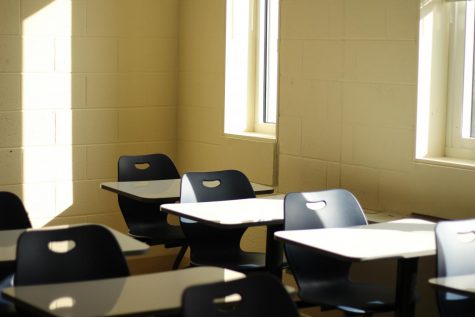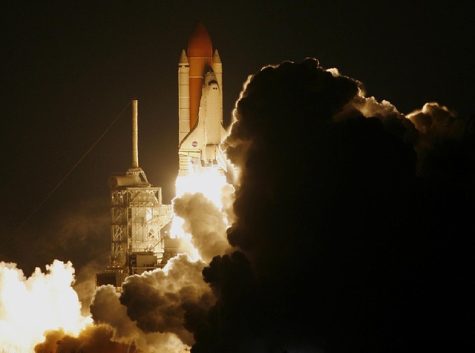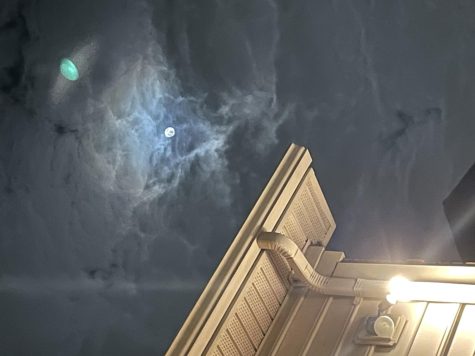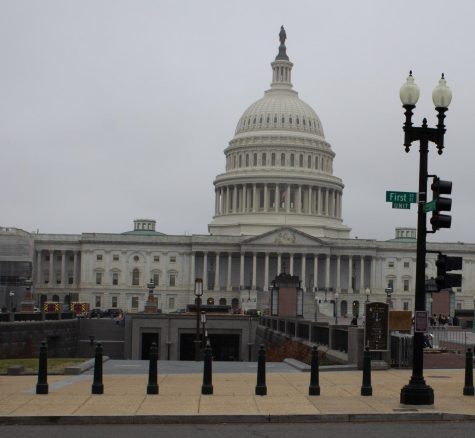Arctic ice breaks history…
The Arctic ice begins to crack for the first time in history.
It’s not uncommon knowledge that our earth’s waters have been in a state of emergency for quite some time. Recently, headlines have reported gradually rising sea levels and floating islands of plastic the size of Texas. The latest? The Arctic’s oldest ice mass is breaking for the first time in history.
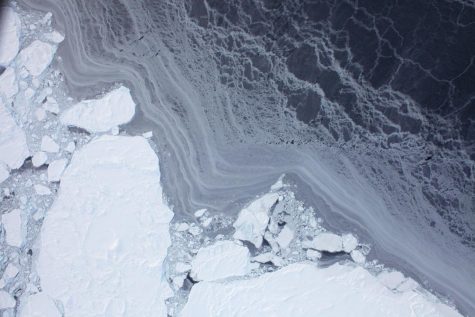
This may sound insignificant, but this great ice melting only confirms scientists beliefs in climate change and the fate of our earth in the coming future.
The Arctic ice was once considered the thickest and strongest ice on earth. Ice masses around the globe have shrunk considerably over the past few decades, but the ice off of the coast of Greenland had managed to avoid the fate of its counterparts. Scientists had dubbed the ice near Greenland as the “the last ice area”since it was assumed to be the final holdout against rising global temperatures and sea levels.
The Greenland ice cracked twice in the past year, once in February and again in August. This phenomenon can be explained by the rise in warm winds and a heatwave in the northern hemisphere, both of which can be attributed to climate change. The cracking of the strong Arctic ice is now just more evidence for scientists’ argument about climate change.
Although the world’s oldest ice cracking for the first time in history is quite tragic, what this means for the future may be even more detrimental. As a result of cracking ice, the ice mass has moved into an area where it is warmer, meaning it will be more likely to crack and melt. This adds pressure to the already strained sea levels.
The significance of the melting arctic ice lies in the larger picture of our earth’s rising global temperature. The scientific community has long made arguments to prove the existence of climate change. The Arctic ice is simply one more act of human activity and global warming – what will be next?

Hi! My name is Wendy Gao, and I am a senior. I have been part of the Oakton Outlook for the past three years, and it has become a significant part of my...





